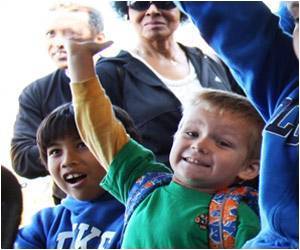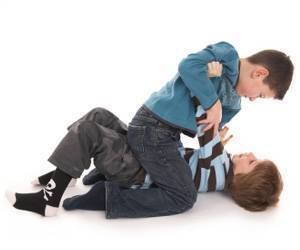Genetic factors influencing aggression at age 6 are different than those associated with changes in behaviour up to age 12.

‘While some children only exhibit reactive aggressive behaviours, proactive and reactive aggression are generally closely related.’





"Too often we forget that aggression is a fundamental part of a young child's social development," said Paquin. "Human beings show the highest levels of aggressive behaviour towards their peers between the ages of 2 and 4. As children grow, they learn how to manage their emotions, communicate with others and deal with conflict. They are able to channel their aggressive impulses, whether proactive or reactive." Proactive aggression refers to physical or verbal behaviour meant to dominate or obtain a personal advantage at the expense of others, whereas reactive aggression is a defensive response to a perceived threat. While some children only exhibit reactive aggressive behaviours, proactive and reactive aggression are generally closely related.
Twins under the microscope
The study's cohort of Quebec twins, which included 223 sets of monozygotic twins (with an identical genetic code) and 332 sets of fraternal twins, made it possible to determine whether the individual differences observed in proactive and reactive aggression were due to genetic or environmental factors. The children's aggressive behaviours were assessed and documented in a report by their teachers at ages 6, 7, 9, 10 and 12. The results of the study also demonstrated that genetic factors influencing aggression at age 6 are different than those associated with changes in behaviour up to age 12. This suggests a common genetic maturation process is taking place, including the maturation of cognitive functions such as planning, decision-making, control and concentration.
With these results, researchers can now move on to study specific social factors associated with changes in proactive and reactive aggression in childhood. "This work will also have a direct impact on clinical practices and prevention programs," said Paquin. "Our results have revealed the importance of developing different prevention methods for reactive and proactive aggression, specifically by offering support to families and providing interventions in schools."
Advertisement
Source-Eurekalert









